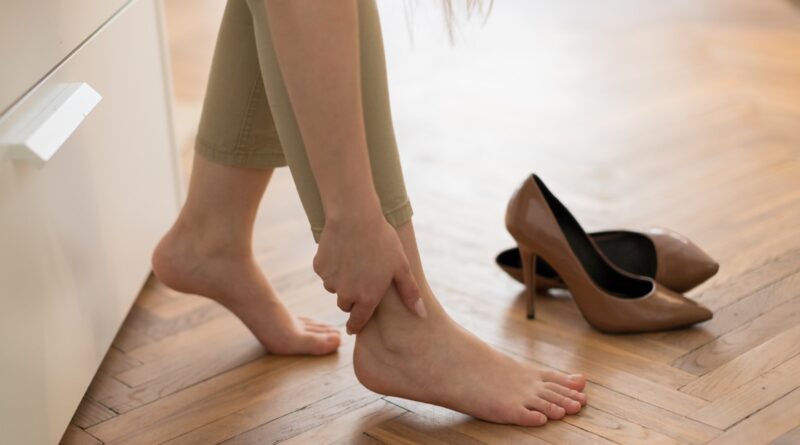The best heels will really lift your dress, but they will not appear as beautiful when you are hobbling around in pain after a few hours.
If you’ve worn heels for the first time since the start of last year’s lockdown, you’ve probably experienced a gripping sensation in the backs of your lower legs the next day. Even the most seasoned high-heel wearers are having trouble transitioning back to ‘regular’ shoes right now, but why is that?
“The Achilles tightens and shortens when you wear heels,” warns Margaret Dabbs, CEO and founder of Margaret Dabbs London foot clinics, which treat international royalty, A-listers (pre/post red carpet), and supermodels fresh off the runway. They’re currently rushing to book Dabbs’ cults medical pedicure,’ a 45-minute appointment that combines a diagnostic tool, hygienist, and foot’facialist’ all in one.
When you first start wearing heels again after a long absence, the Achilles will have adjusted.” That’s why, if you’ve lately experienced ‘workout tightness’ in the backs of your lower legs after wearing heels, it’s most likely due to this. But do we really want to return to high heels? Is now the time to call it quits?
Effects of High Heels on Feet
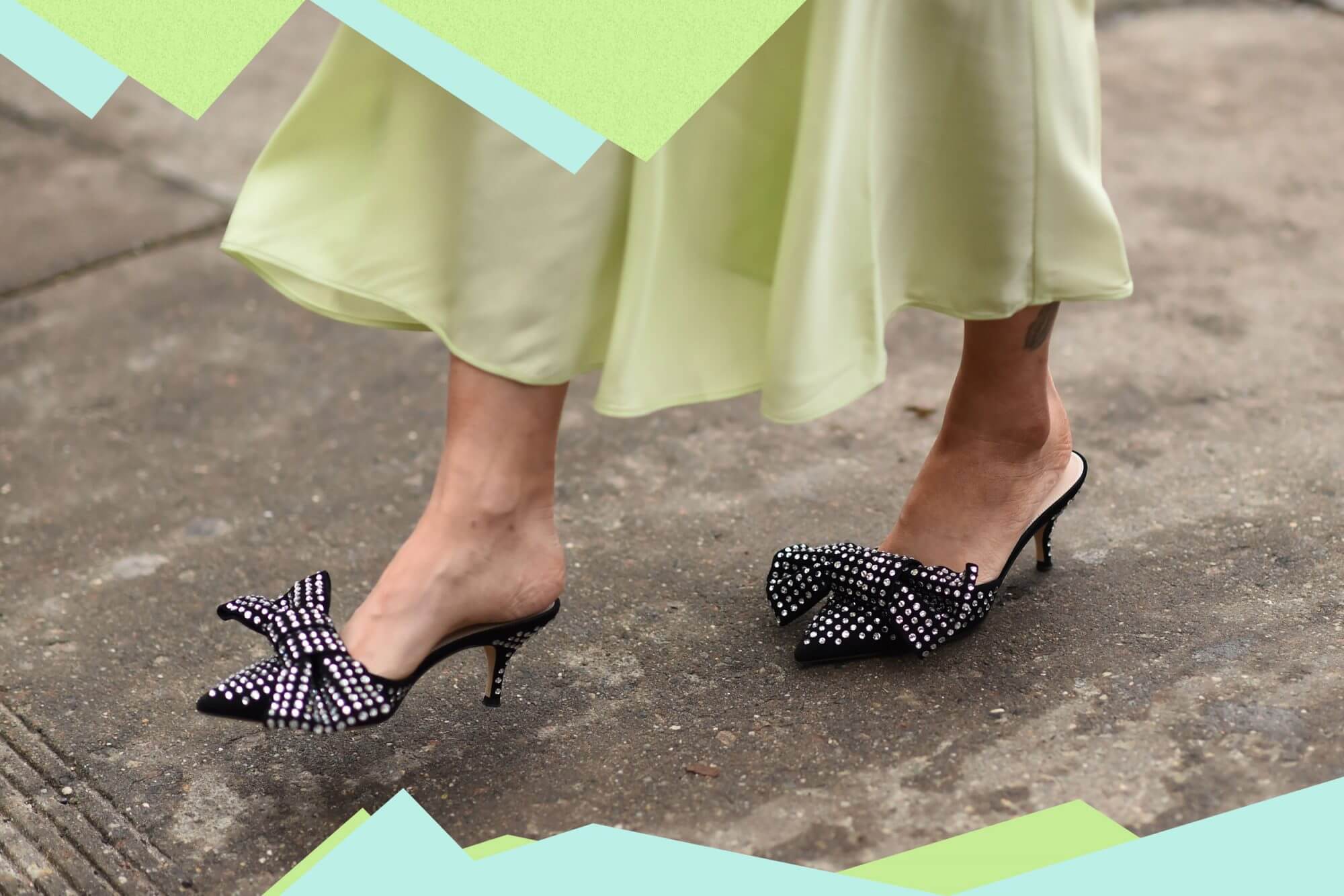
source: static.onecms.io
While Dabbs recognizes the feel-good benefits of a higher heel. The detrimental consequences on our Achilles’ tendons are just the start of a lengthy list of health concerns. Plantar fasciitis, an inflammation of the soft tissues of the feet, can be caused by prolonged wear and can throw off your posture.
According to a study, “leaning forward into the balls of your feet can induce back discomfort and have a knock-on impact on the skeleton,” something to bear in mind after spending a year bent over a laptop at a make-shift workstation.
What about the time crunch? I would suggest you stick to the four-hour time limit. If you’re going somewhere special and want to wear high heels, as we all do, put them on at the last minute and don’t wear them for any longer than necessary.”
There’s also good news for anyone who has a shoe-buying addiction. Having a range of shoes on hand can help ensure that our feet are not constantly subjected to the same friction or pressure.
Which Footwear Is The Healthiest For Your Feet?
“Everything in moderation,” says the expert, regardless of the type of footwear. This is a guideline that applies to our Birkenstocks and the recent resurrection of homespun clogs just as much as it does to those Y2K mules and vertiginous Vivienne Westwood platforms.
I like clogs because they go all the way up your foot and provide a lot of support. They’re also naturally spacious around the toes, so there’s less chance of friction and compression, lowering the risk of hard skin and corns.” Birkenstocks are also well-known for their ability to ‘hold’ and stabilize your feet. However, wearing them all day with bare feet should be avoided since they might dehydrate you.
The WFH Slippers Are Bad News
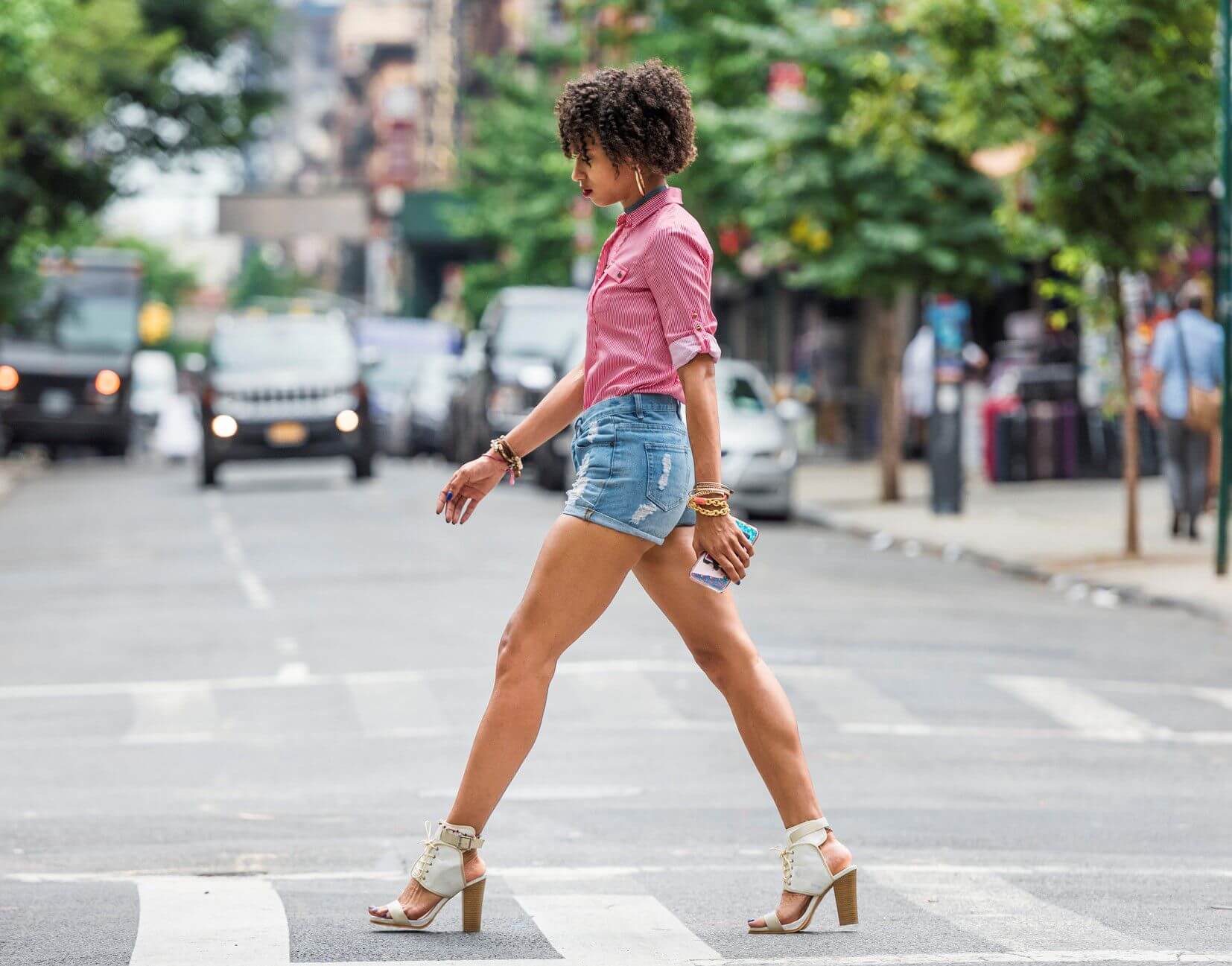
source: byrdie.com
Because it’s comfy, it’s easy to accept sloppy footwear as favorable. However, in the long run, the opposite is true. Non-supportive footwear will aggravate and encourage all of these harmful habits.
There’s also some advice for everyone who hasn’t been wearing shoes this year: pay attention to your flooring. It will surely feel lovely to walk on the soft floor at home. Walking [barefoot] on hard surfaces on a regular basis, on the other hand, can lead to Morton’s neuroma.”
Make Footcare A Weekly Self-care Ritual
Preventive treatment is provided by a dentist and an optometrist, but most people don’t think about their feet until they suffer. When you have the opportunity to consult with an expert, take advantage of it. I always presume they grant you with feet that allow you to wear any shoes and footwear you want.”
Self Care Tips For Happy Feets
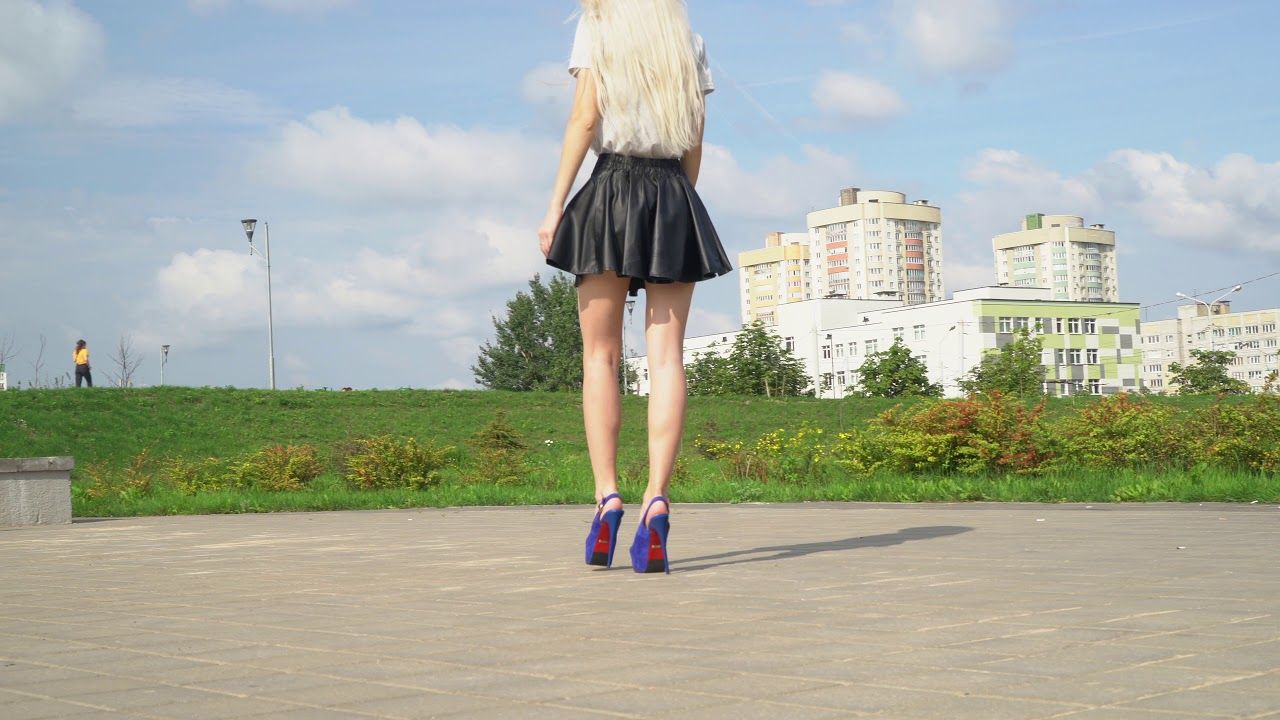
source: pinterest.com
- The first stage is to gather all of your materials. These include, but are not limited to, essential oils, emollient moisturizer, toenail scrub brush, pumice stone, callus file or emery board, nail clipper, and nail file. A set of socks, To avoid cracking and improve the texture of your feet, use clean towels.
- After that, soak your feet in a mixture of warm water and mild soap for 15 to 20 minutes. Add some essential oils if you have them, and you may use whatever foot wash or scrub you have at home in place of soap.
- While your skin is still smooth and damp, use a Pumice stone, callus file, or emery board to delicately file off the dead skin cells from your heel. Also, use a nail clipper or a stainless steel nail zipper to trim your nails, and a cuticle pusher to clear dead cells from your cuticles.
- After that, moisturize your feet, but avoid moisturizing between your toes to avoid maceration and infection.
- Wear socks to keep your feet softer for longer.
How To Pick Painless Heels?
“The thicker the heel, the easier it is to walk on.” In general, the thinner the heel, the more tricky it is to balance on it, so select thicker, sturdier heels when you’re still getting used to walking in high heels, which will provide the foot more stability and offer you more confidence.
Platform shoes may appear to be insanely high, yet they might be considerably simpler to walk in than non-platforms since the platform makes the heel appear shorter. A four-inch heel with a one-inch platform, for example, will make you feel as if you’re walking on a three-inch heel, which is much more sensible!
“Wedges give the appearance of heels but the comfort of flats.” If you have problems walking in high heels, wedge heels are your best friend. They will supply you with height (sometimes a LOT of height) without forcing you to do any balancing because of the added arch support and the fact that the sole of the shoe is entirely flat. They’re the most comfortable and possibly the easiest type of high heels to walk in, so if you’ve never walked in high heels before and want to learn, they’re a wonderful place to start.
Shopping Tips: Buy Heels, Your Feet Deserve
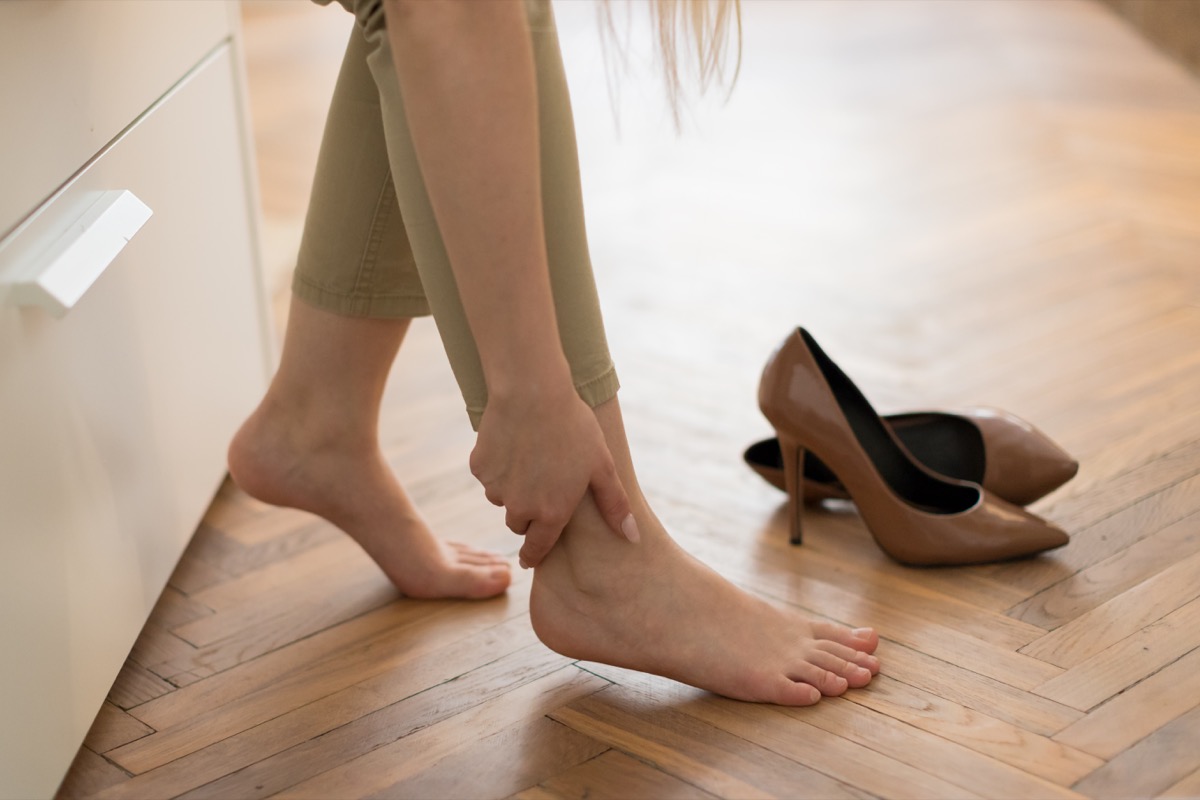
source: eatthis.com
Choose The Ideal Size!
You should be aware that different brands have different shoe sizes. As a result, always try on a pair first to ensure that it is the correct size and fit. High heels should be comfortable and secure on the foot. Loose heels might cause your foot to constantly slide up and down, making it difficult to keep your balance. No matter how lovely the heels appear, choose the appropriate size.
Say NO to Tight Fitted Heels
Toes should be able to move freely in your heels. Pain and cramping will undoubtedly result if your heels are not sufficiently wide. Wearing high heels without enough room for your toes might also raise your risk of developing hammertoes, corns, bunions, and arthritis. So, choose sharp toe heels with a slightly rounded almond shape to give your toes more room. ‘’Choose comfort over beauty and fashion’’
Time For Walk Test
Never buy a pair of heels without first trying them on. Wear both heels and walk up and down the store for at least 5 minutes. Walk-in heels, turn in, and see how balanced you feel. If there is a hint of wobble, think again about purchasing a pair of heels. If it is difficult for you to keep your balance and posture, you should consider alternate solutions. Consider purchasing heels with thick insoles and enough cushioning. Go for it if your feet are pleased and you feel like Cinderella. Also find best information at Live Enhanced.

